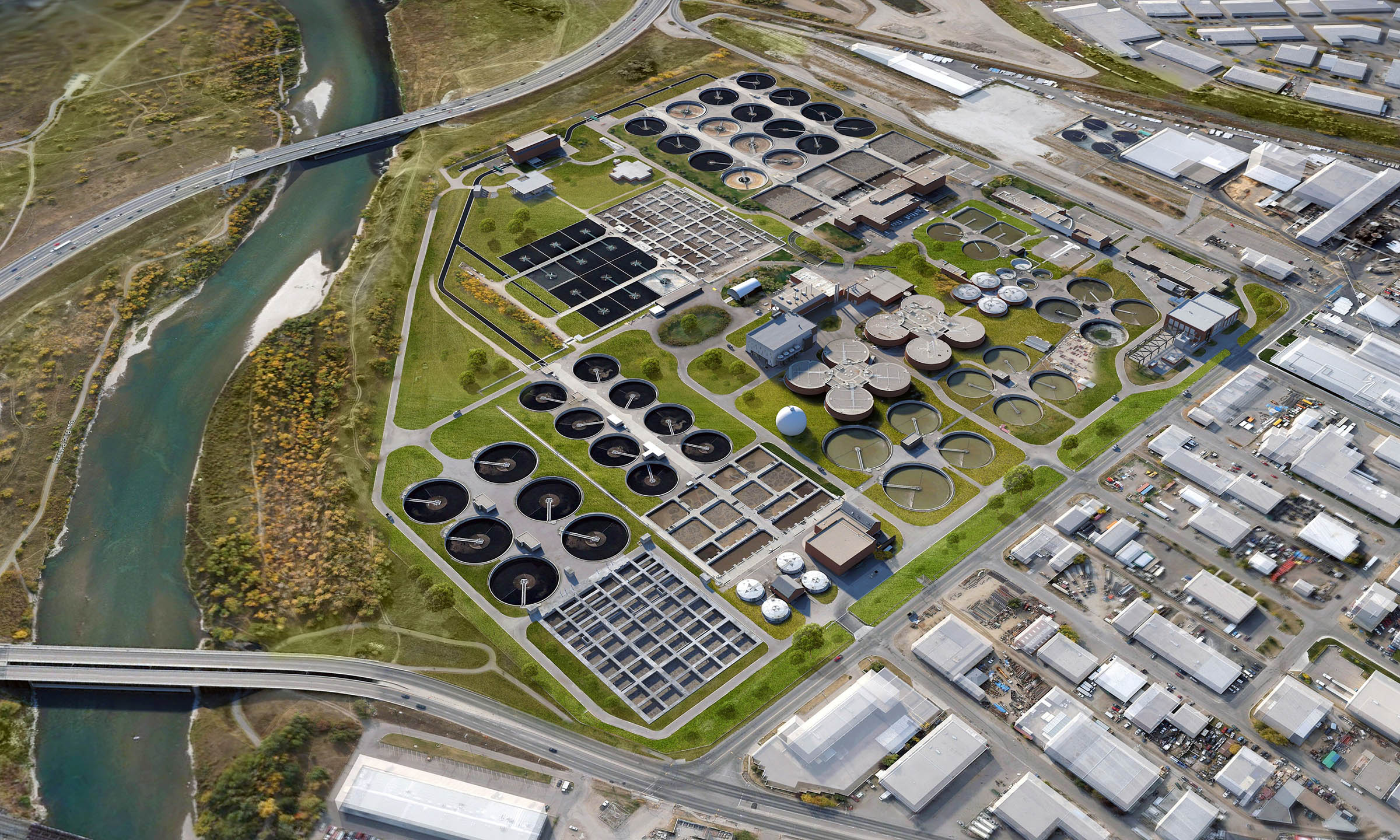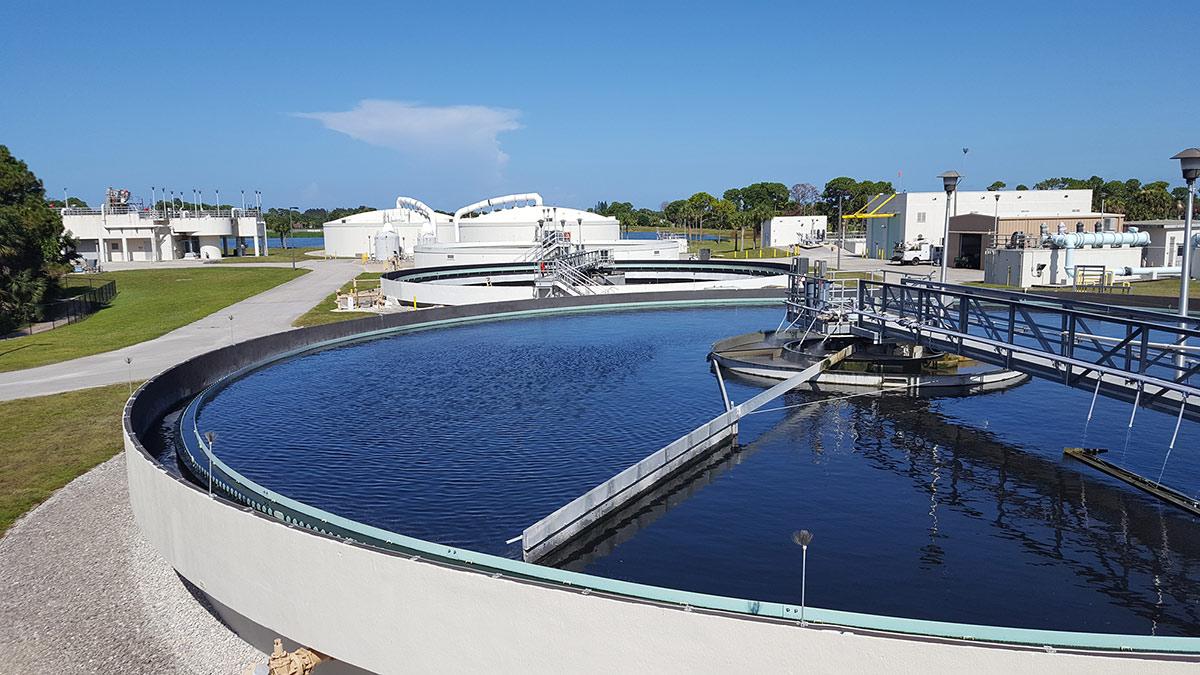Optimizing Waste Water Treatment Procedures: Strategies for Improved Water High Quality and Source Healing
In the world of wastewater treatment, the quest for improving efficiency and sustainability through process optimization is a recurring pursuit that holds enormous significance. From advanced innovations to cutting-edge resource healing techniques, the landscape of wastewater therapy is advancing rapidly.
Significance of Process Optimization
Enhancing drainage therapy procedures via thorough procedure optimization is crucial for optimizing performance and ensuring environmental sustainability. By fine-tuning each step of the therapy procedure, from first consumption to last discharge, water treatment facilities can achieve higher levels of contaminant elimination, lower power intake, and decrease the generation of waste byproducts. Refine optimization entails assessing vital efficiency signs, such as hydraulic retention times, sludge retention times, and nutrient degrees, to recognize areas for improvement and implement targeted remedies.
Effective process optimization not just improves the overall efficiency of waste water therapy plants however also adds to cost financial savings and regulative compliance. By maximizing processes, operators can achieve higher therapy abilities without the need for significant framework investments. In addition, improved therapy efficiency brings about cleaner effluent discharge, decreasing the ecological effect on obtaining water bodies and environments.

Advanced Therapy Technologies
In the realm of waste water therapy, the implementation of innovative treatment innovations plays a crucial function in boosting the overall effectiveness and performance of the treatment procedures. These cutting-edge modern technologies provide cutting-edge services to attend to complex pollutants existing in wastewater streams, making certain the removal of toxins to meet strict water top quality standards. Advanced treatment procedures such as membrane layer bioreactors, ozonation, advanced oxidation processes, and turn around osmosis enable the thorough elimination of impurities, including emerging contaminants like drugs and personal care products.
Additionally, these technologies facilitate resource recovery by extracting important products such as phosphorus, nitrogen, and energy from the wastewater. For circumstances, progressed nutrient elimination innovations can recover phosphorus and nitrogen for reuse in agricultural plant foods, while power recovery systems like anaerobic food digestion can harness biogas for electrical energy generation. By including advanced treatment technologies right into wastewater treatment plants, drivers can improve water quality, decrease ecological influence, and move in the direction of an extra resource-efficient and lasting technique to wastewater administration.
Resource Recovery Strategies
Resource recovery techniques in wastewater therapy procedures play an essential role in making the most of the utilization of useful sources included within wastewater streams. These strategies purpose to remove and reuse products such as nutrients, energy, and water from the wastewater, turning what was once taken into consideration waste into valuable sources. One usual source healing method is the removal of nutrients like phosphorus and nitrogen from wastewater for reuse as fertilizers or in commercial processes. Furthermore, power recovery methods such as anaerobic digestion and biogas production help harness the power potential of raw material in wastewater to create power or warmth.
Water recuperation techniques, such as membrane layer modern technologies and advanced filtration systems, enable the treatment and reuse of water for non-potable applications like watering or commercial processes. By implementing resource recuperation methods in wastewater treatment plants, not only can beneficial sources be preserved and reused, however the total sustainability and performance of the treatment procedure can be dramatically enhanced. As the focus on resource deficiency and environmental sustainability remains to expand, the significance of integrating source healing strategies into wastewater therapy processes ends up being increasingly obvious.
Sustainable Practices in Wastewater Therapy
Implementing lasting techniques in wastewater therapy More about the author centers is crucial for improving environmental stewardship and lasting operational efficiency. Sustainable practices in wastewater treatment incorporate a variety of techniques targeted at minimizing the ecological influence of therapy processes while making best use of source recuperation. One essential facet of lasting wastewater treatment is the application of energy-efficient modern technologies to decrease the carbon footprint of therapy plants. This can include making use of renewable resource sources such as solar or wind power, in addition to the optimization of existing procedures to minimize energy usage.
Furthermore, the fostering of innovative therapy technologies that promote water reuse and recycling plays an essential role in lasting wastewater management. By dealing with wastewater to a high standard, it can be repurposed for various non-potable applications, such as watering, commercial processes, and even potable water production in some situations. This not just saves important freshwater sources but additionally lowers the volume of effluent discharged right into the atmosphere.

Instance Research Studies on Effective Optimization
As wastewater treatment facilities significantly concentrate on sustainable practices, real-world study showcasing successful optimization techniques act as very useful designs for sector innovation. One such study revolves around the execution of sophisticated nutrient removal innovations in a metropolitan wastewater therapy plant. By incorporating organic nutrient elimination processes and enhancing functional criteria, the center accomplished significant reductions in nitrogen and phosphorus degrees released into obtaining waters, ultimately enhancing general water top quality.
One more notable case study entails the combination of anaerobic digestion systems in a commercial wastewater therapy plant to improve energy healing and resource efficiency (Waste Water Treatment). Through the food digestion of natural waste materials, the center not just generated biogas for power production yet likewise lowered the volume of sludge requiring disposal. This twin advantage not just enhanced the plant's sustainability performance yet also caused cost savings
These effective optimization techniques demonstrate the possibility for wastewater therapy facilities to achieve both environmental and financial benefits with ingenious approaches and reliable processes. By discovering from these study, industry experts can further enhance their very own operations to improve water quality and resource recuperation.
Conclusion
Finally, optimizing waste water therapy procedures through sophisticated technologies, resource healing strategies, and sustainable methods is crucial for enhancing water high quality and taking full advantage of source recovery. Waste Water Treatment. Study have actually shown successful application of optimization approaches in various wastewater treatment facilities. By continuing to focus on procedure optimization, we can make certain effective and effective therapy of wastewater, ultimately resulting in an extra lasting and eco-friendly strategy to taking care of water sources
By fine-tuning each step of the treatment process, from preliminary intake to final discharge, water therapy her explanation centers can accomplish greater degrees of impurity removal, decrease energy intake, and minimize the generation of waste spin-offs.In the realm of waste water therapy, the execution of advanced treatment innovations plays a critical function in improving the general effectiveness and efficiency of the treatment processes. By incorporating advanced treatment modern technologies right into wastewater therapy plants, drivers can enhance water quality, reduce environmental influence, and relocate in the direction of a much more resource-efficient and sustainable approach to wastewater management.
By executing resource healing strategies in wastewater therapy see here now plants, not just can valuable resources be conserved and recycled, yet the general sustainability and efficiency of the therapy process can be substantially enhanced. Lasting methods in wastewater treatment incorporate a variety of strategies intended at lessening the environmental influence of treatment procedures while maximizing source recovery.